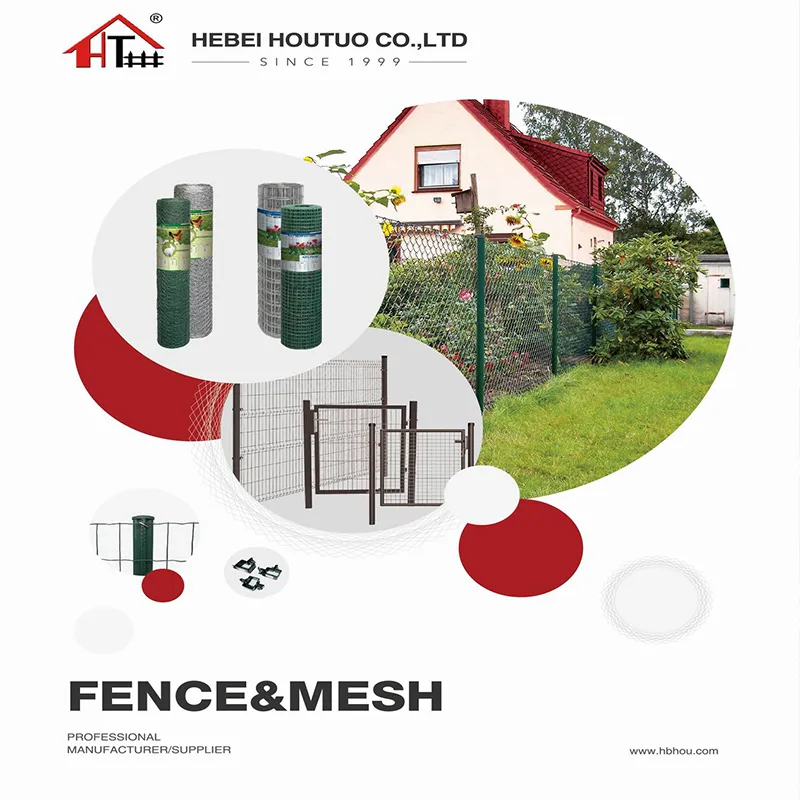The Charm of a Gabion Vegetable Garden
As the world embraces sustainable living and urban gardening, creative gardening solutions are gaining popularity. One such innovative approach is the gabion vegetable garden. This unique gardening method combines functionality and aesthetics, transforming traditional gardening techniques into an eye-catching landscape feature. Gabions, which are wire mesh cages filled with stones or other materials, offer a practical and sustainable way to cultivate vegetables while enhancing outdoor spaces.
A gabion vegetable garden starts with the fundamental concept of utilizing gabions as raised garden beds. These beds allow for improved drainage, soil quality, and ease of access, making gardening easier for individuals of all ages and abilities. The wire mesh structure of the gabion provides a sturdy frame that encapsulates natural stones, bricks, or even recycled materials. This not only stabilizes the structure but can also harmonize beautifully with the surrounding environment, creating a visually appealing garden space.
One of the primary advantages of a gabion vegetable garden is its versatility. The size and shape of gabion beds can be customized to fit any landscape, from small urban balconies to expansive rural properties. Moreover, the materials used to fill the gabions can vary, allowing gardeners to incorporate local stones or recycled materials that reflect their personal style. This adaptability makes gabion gardens suitable for a wide range of gardening projects, whether it’s a small herb patch or an extensive vegetable garden.
gabion vegetable garden

In terms of functionality, gabion vegetable gardens offer excellent drainage properties. The open structure of gabions allows excess water to escape, reducing the risk of root rot and overwatering. This is particularly beneficial for vegetables that require well-drained soil, such as tomatoes, peppers, and root vegetables like carrots and beets. Additionally, the elevation of raised beds can help maintain optimal soil temperatures and promote healthier plant growth.
Gardening in a gabion structure also provides an opportunity for gardeners to practice sustainable and eco-friendly methods. By using local stones and recycled materials, the environmental impact of gardening can be significantly reduced. Furthermore, the gabion design encourages a diverse range of plants to thrive, as it allows for improved air circulation and sunlight exposure. This biodiversity not only enhances the garden's resilience against pests and diseases but also contributes to a richer harvest.
Creating a gabion vegetable garden can also serve as an educational project for families and communities. Children and adults alike can learn about the importance of sustainable practices, the nutritional value of homegrown produce, and the science behind plant growth. Involving the community in the gardening process can foster connections among neighbors and encourage a shared responsibility for maintaining the garden.
In conclusion, the gabion vegetable garden is a creative and effective solution for anyone looking to enhance their gardening experience. It combines practicality, sustainability, and beauty into a single gardening method. Whether you are a seasoned gardener or a novice, adopting this innovative approach can lead to bountiful harvests, a deeper appreciation for nature, and a more vibrant community. So, if you're considering starting a vegetable garden, think outside the box and explore the possibilities that a gabion structure can offer!
















